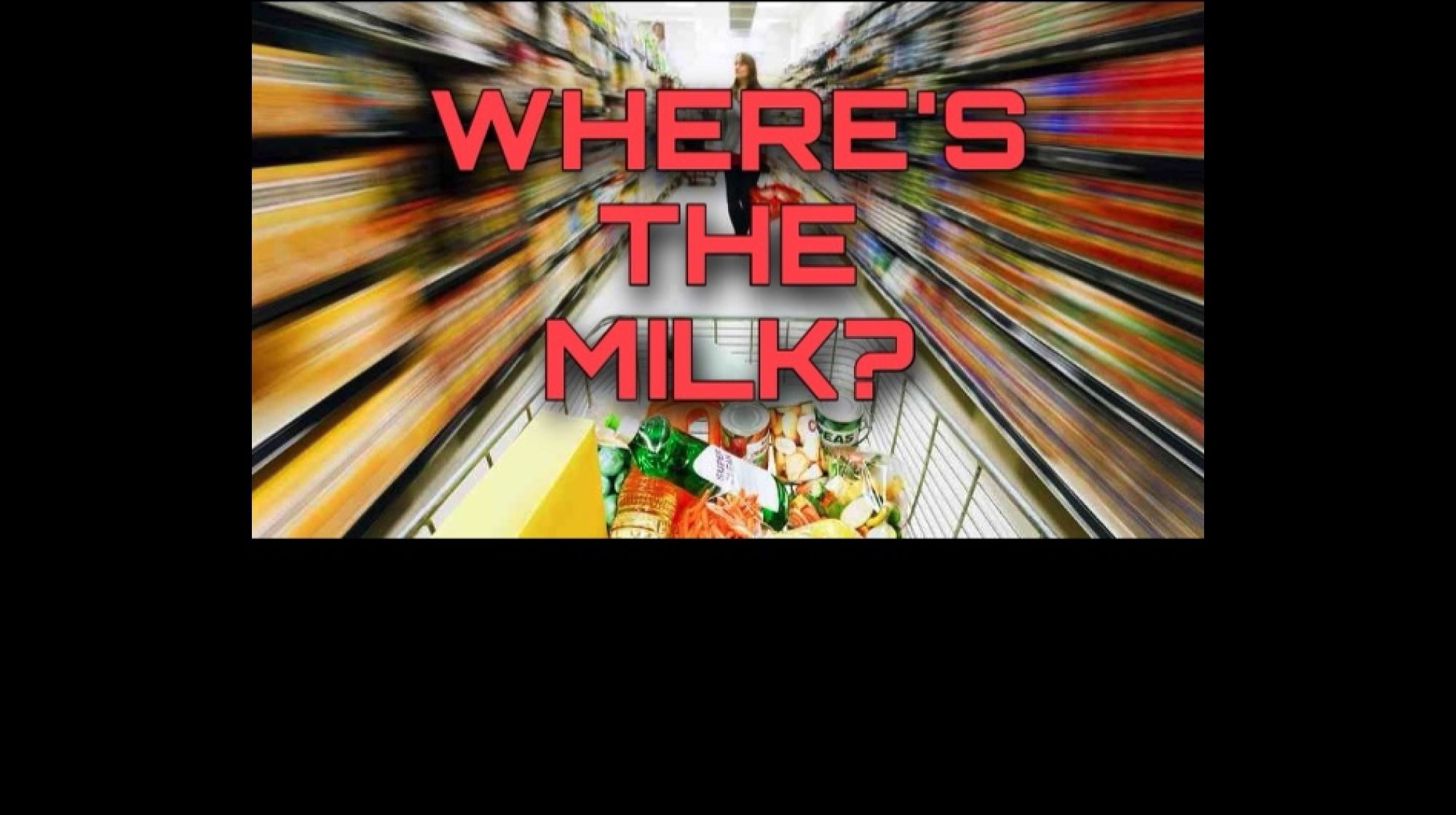An overview of what we did:
- Received feedback from our Professor/TA during our weekly meetings on Monday, took notes from the meeting, and discussed as a team afterwards
- Researched deeper into various object detection algorithms (i.e. SIFT, SURF, BRISK, and more)
- Determined a list of grocery items to test with and why we chose them
- Determined the algorithms/approaches we will use for CV (will explain in-depth during the design presentation)
- Researched into what web application/database to proceed with and determined which ones we will use
- Created and fleshed out an overall design diagram for our product
- In the process of testing SIFT, BRISK, and color detection with Google Collab
In terms of what we will do this upcoming week, we hope to do the following:
- Go through a tutorial of Flask/SQLAlchemy
- Create the base web application and initial UI
- Test RPI and ARDUCAM
- Use RPI to control the ARDUCAM to take a picture
- Use the RPI to send that picture to a local machine
- Continue testing SIFT, SURF, and BRISK and getting comfortable with the algorithms in practice
- Research more on gray-scaling, background subtraction, and color detection
- Get back on track and/or be ahead by this time next week
- Assign specific tasks and deadlines for preliminary implementation moving forward
The most significant risks that we know of thus far are:
- While testing SIFT, we ran into patent issues and we pivoted to testing BRISK
- Mitigation: Look into how to use a specific version of a library since SIFT was available on cv2 (cv4 is the current version)
- Using algorithms that demand too much computing power or take too long for the systems we run them on
- Mitigation: comparing processing on cloud vs local machine
- Accurate trigger mechanism for when to run object detection
- Mitigation: Researching fast motion detection processes i.e. background subtraction
- Poor understanding => poor implementation => non functioning product
- Mitigation: through research stage, and asking questions on slack to probe the experienced minds of the professors and TA’s
There were no changes made to the schedule.
As for the design, we transitioned from using Django (wasn’t set in stone before, but was heavily leaning towards it) to Flask. Additionally, when researching about databases and Flask, we decided to use a library called SQLAlchemy that assists us in writing high-level (python) SQL code. We also discussed adding the process of gray-scaling images to reduce computation power and increase speed. When needed, (i.e. fruits and vegetables since some are similar in size and color) we will use color detection.
